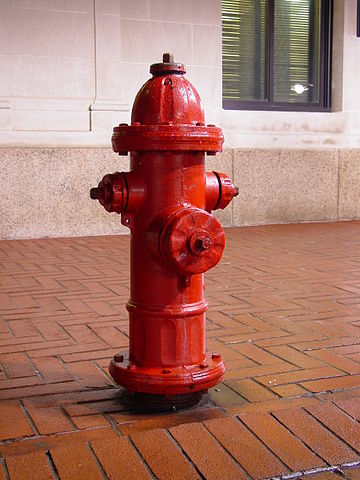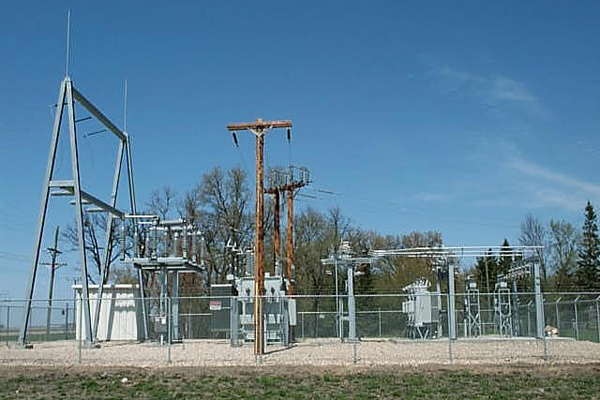Where'd That Bridge Go? The 8 Weirdest Metal Thefts
Intro

Thievery of metal objects, both from people's houses and public spaces, has become increasingly common over the past decade. Industrialization in Asia and elsewhere has driven up the demand and thus the market value of recycled metal, explaining the spike in crime. Here are some of the strangest cases of metal theft that have made headlines in recent years.
Pennsylvania bridge

In late September, a 50 foot steel bridge was dismantled with a blowtorch and stolen in the middle of the night from a remote area of western Pennsylvania. Benjamin Arthur Jones, 24, and Alexander William Jones, 25, brothers from New Castle, Penn., were arrested two weeks later after allegedly selling 15.5 tons of steel from the bridge for $5,000 at a nearby scrapyard.
Copper bell

A 2.7-ton copper bell forged in 1888 was stolen from the churchyard at St. Mary's Cathedral in San Francisco in early October. Estimated to be worth $500,000 in bell form, the thieves would have earned around $18,000 for the melted-down copper. However, they didn't get that far. On Oct. 26, a homeless man discovered the bell covered in tarps in a field in West Oakland.
X-rays

On Sept. 9, several barrels of used X-ray film were stolen from Good Samaritan Hospital in Baltimore by a man posing as an employee. Police said the man arrived at the hospital in a van and told security that he was there for a scheduled call to remove the X-ray films. Hospital workers suggested that the assailant's motive may have been to extract and sell traces of silver contained in the films.
Kegs

Each year, the beer keg industry loses 300,000 kegs, worth approximately $50 million total, to scrap metal theft, USA Today reported. In some cases, customers forfeit their cash deposits and sell their empty kegs to scrap dealers instead. Other times, thieves steal empty kegs from the backs of bars and restaurants.
From the grave

Cemeteries, which often contain bronze and copper markers and monuments, have become frequent targets of scrap metal thieves. In 2008, the Associated Press reported that thieves stole vases bolted to West Virginia cemetery headstones, as well as bronze markers off veterans' graves. In addition, the article noted that thieves had stolen a half million dollars' worth of brass ornaments from Chicago cemeteries.
Moore sculpture

Scrap metal theft has become much more common in Europe as well as the United States. In 2005, a famous bronze statue by the artist Henry Moore was stolen from the estate of the Henry Moore Foundation in Hertfordshire, England. The crime was originally investigated as an elaborate art heist, but police later determined that the statue, valued at $5.3 million, had been melted down for scraps and sold at a nearby scrapyard for a few thousand dollars.
Get the world’s most fascinating discoveries delivered straight to your inbox.
Brass nuts

According to a 2008 article in The Boston Globe, fire departments across the country were frequently reporting brass nuts' missing from fire hydrants, raising concerns that the hydrants wouldn't work when needed. With brass valued at $1.50 per pound, a single 1-inch hexagonal nut can be resold for about 60 cents at a scrapyard.
Utility poles

The U.S. has seen a rise in theft of copper and other metals at the top of utility poles and in electrical substations. Aside from causing power loss in nearby areas, repairing damaged transformers or substations can cost electrical companies anywhere from $500,000 to $11 million.
These incidences can also cost lives. "Petty-metal thieves who are drug addicts do not assess risk effectively when deciding to steal metal/copper from high-voltage substations, transformers, or electric high wires, and many have been electrocuted while trying to cut live wires from abandoned buildings and electric substations," Brandon Kooi, professor of criminal justice at Aurora University, wrote in a 2010 report on scrap metal theft for the U.S. Department of Justice.
Follow Natalie Wolchover on Twitter @nattyover. Follow Life's Little Mysteries on Twitter @llmysteries, then join us on Facebook.



